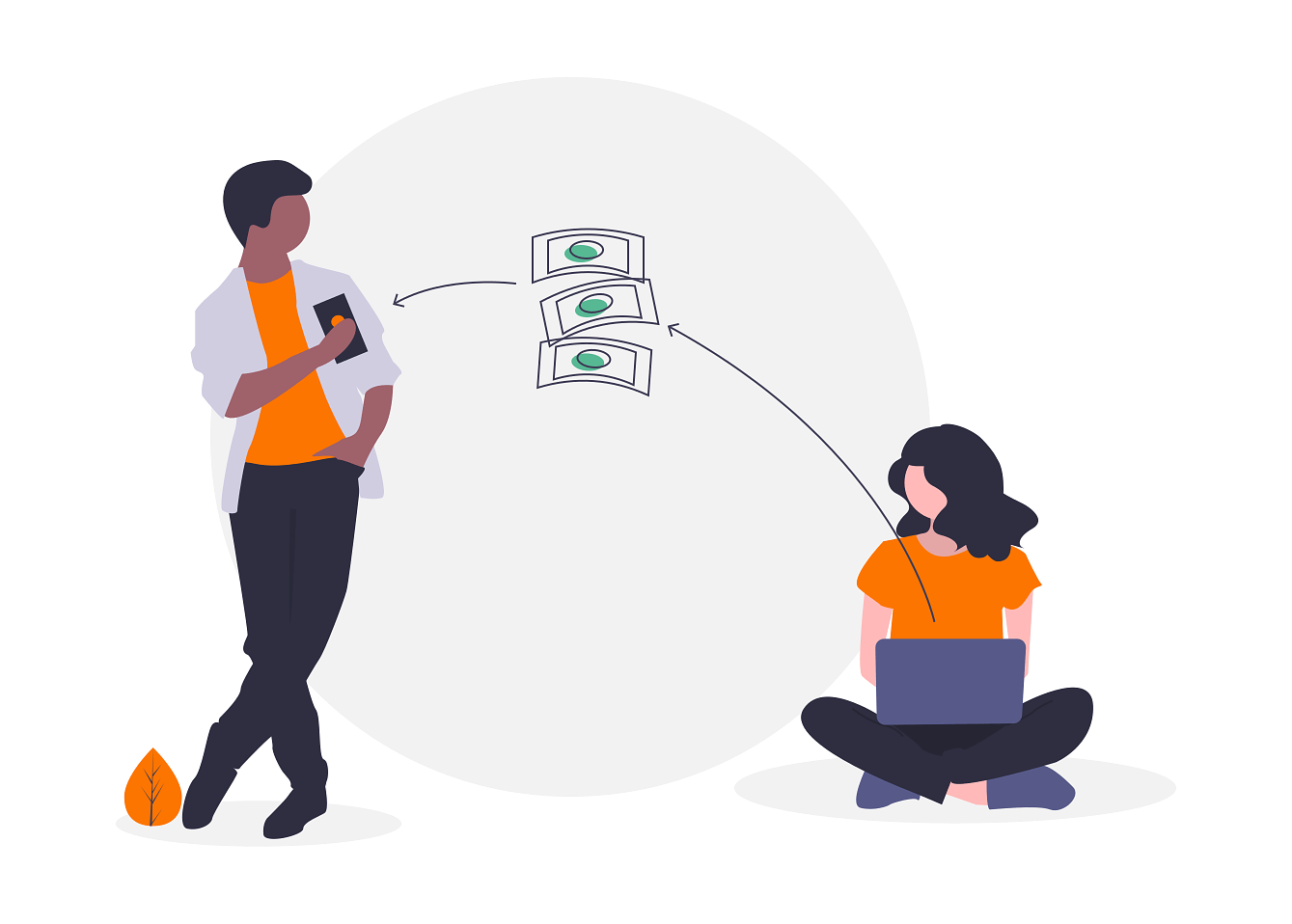If you want to sell a damaged car, there are some unique challenges ahead. Depending on the extent of the damage, many of the usual customers will be driven off. That said, it’s still possible to sell a damaged car at a good price.
For those who want to learn how to sell a damaged car, we’ve put together a helpful guide. It will cover the basics of how to assess what your vehicle might be worth and where to look when it comes time to sell.
“Damaged,” Damaged, and Totaled
The first thing that should be acknowledged is that the right approach to selling a damaged car depends a great deal on the extent of the damage.
When someone wonders “Can I sell a damaged car?” the answer is usually yes but with a number of caveats. There is a big difference between some scratches to the paint and being totaled after an accident.
Technically, scratches to your car’s paint is damage. However, this isn’t “true” body damage. In fact, you can likely expect to get more or less normal used prices on such a vehicle.
When people mention a vehicle has body damage, often they mean dents and scratches that are going to require pricier repairs. For instance, serious damage to windows, especially the windshield, may even require they be replaced.
There’s a big spectrum of what “damaged” might refer to but on the opposite end of “needs a light touch” up is “totaled.” These are vehicles so damaged that repairing them is not really a cost-viable option.
We won’t focus too much on this last category of vehicles; you’re often best taking them to a salvage yard. The metal and working parts will still have some value but it will only net you so much, wherever you end up selling.
Assessing the Value of Your Car
When a car is damaged, one of the first things you should do is try and determine its value. Often this number is going to have to be an estimate but it will at least help you determine the difference between good and bad offers.
Insurance experts advise checking the current value of your vehicle on something like Kelley Blue Book or the National Association of Automobile Dealers’ NADA Guides.
This solution isn’t perfect as insurance companies also tend to aim low when it comes to value assessment. That said, you can supplement this research with what dealers are charging for similar vehicles.
In these initial stages, ignore the damage your car has sustained. Focus on the year, model, and any modifications you’ve done to the vehicle. Pay attention to the mileage as well, as this is going to affect your value.
Once you know what the vehicle’s value is in working condition, you can then try and figure out how much the damage is going to affect the value.
As a basic rule, most people aren’t going to want to pay more than the car’s working value minus the cost of repairing any damage. In fact, many will pay less, since getting a vehicle repaired is inconvenient.
The amount that you paid for a vehicle doesn’t change what it is actually worth. Cars only last so long and their value almost always will decrease over time.
If it’s been a few years and the vehicle is damaged, set your expectations accordingly. Much of the advice that follows is only going to be useful if you take emotion out of the equation and approach this process logically.
How Much Does Your Damage Affect the Car’s Value?
Many people have trouble assessing how much damage might affect the value of a given car. After all, if you don’t want to repair it, you may also not have brought it to an expert.
First, let it be said that for more valuable vehicles, it can be worth paying an expert to simply tell you what a car is approximately worth and how much repairs would cost. That said, that won’t be an option for many sellers.
One option is to approach damage assessment much like a collision technician. This is even more true if the damage your vehicle has sustained is literally due to a collision or similar impact.
The most common areas of a vehicle that sustain significant damage are the bumpers, doors, and windshield. Damage to each of these areas could broadly be characterized as mild, moderate, or severe.
Mild damage to a bumper, door, or windshield is often not too serious. In fact, scratches or small dents on bumpers or doors are quite easy to fix.
Windshields are somewhat different in that they can be made safe easily via epoxy but a small scratch or crack may still be visible after the repair. This may dissuade some buyers, even if the vehicle is otherwise totally usable.
Moderate damage, meanwhile, has to be assessed on a case-by-case basis. If damage is going to require a part be replaced rather than repaired, it is going to affect value more substantially.
Finally, severe damage all but guarantees there is going to be a need that a given part needs replacing. In addition, the odds are good related mechanisms, like latches or even your car frame, may also need repairs too.
“Uglier” Damage May Affect Value More
On a logical level, damage to a vehicle should affect value proportional to the cost it takes to repair it. There may be some variance for difficult repairs or ones that may take a long time, but, overall, one might assume “damage is damage.”
However, it bears mentioning no market is perfectly logical. Many of the people seeking to buy vehicles, damaged or not, allow their emotions to bleed into their purchase decision.
An item’s value is all about what people perceive it to be worth. If damage makes people think a vehicle is worth less, then its value will decrease, logical or not.
For this reason, “ugly” damage may affect the value in strange ways. If a visible part is functional but looks strange due to damage, it can make the vehicle harder to sell.
This is often most noticeable with windows and small, internal details like buttons. Because we touched on window damage in the section above, we’ll now focus on those small internal details.
Things like worn or lost buttons, broken cupholders, and worn seat leather often aren’t all that expensive to fix. However, they can make a car seem broken and old.
This sort of emotional effect on value can be hard to predict. There are many places to sell a vehicle; the more expertise a buyer has, the less you need to worry about emotions playing a role in valuation.
Selling Mistakes to Avoid
Selling a damaged vehicle is much like selling any other car. Plenty of advice on what not to do is still going to apply, only now you have an even trickier sell on your hands.
The first trap many sellers fall for is lying about a car’s state. This shady tactic might net you a better sales number but also might lead to legal trouble. You could be stuck with the car and fines and other legal fees.
We also recommend you determine how much work you’re willing to put into the vehicle before selling it. It’s easy to get intimidated by the work it needs and sell when small repairs may have bumped up the value substantially.
There’s nothing wrong with not having the time to maximize your profits. At the same time, it’s worth considering if you have at least some time and money to invest in making your sale more profitable.
Whatever state you decide to sell your vehicle in, don’t sell it short. The vehicle still has value and you shouldn’t approach interactions with potential buyers acting like it doesn’t.
There is a difference between admitting to a potential buyer a car needs repairs and acting like it is garbage. Even totaled vehicles have parts that may be of value; a car with damaged has a lot of potential.
If you want to know how to sell a car with body damage, the trick is emphasizing that, with repairs, it will work just fine. This is exactly what most of the people looking to buy damaged cars intend to do in the first place.
Developing a Sales Strategy
We’ve touched on how to assess your car’s value and some mistakes to avoid, but how do you actually begin to sell a damaged car? The trick is to develop a sales strategy.
If you haven’t already, we first recommend you check out our car selling guide. That guide is going to be full of useful information for selling a vehicle and we don’t want to retread too much of what you’ll find there.
With that out of the way, a good sales strategy is going to first identify the strengths and weaknesses of the vehicle you’re selling.
The weaknesses will often be obvious. The car is damaged; valuable or not, that’s a strike against it. Less obvious might be things like if it’s an unpopular model or has high mileage.
Its strengths are going to be a big part of how you sell the vehicle. In essence, why should someone want what you’re selling?
In many ways, what you need to do is figure out why someone would want to repair this vehicle or take it apart for valuable parts that it’s made of.
In either case, the better you can make your pitch, the more value you can get out of the vehicle. This is also why it is so important to do your research and understand what it is that you’re selling.
Use Our Network
At Cash Auto Salvage, we’ve put together a huge network of car buyers, junkyards, and auto salvage yards that are able to pay good money for damaged vehicles.
Selling a damaged vehicle on your own can be a tough experience. While there is value in a damaged vehicle, it is a harder sell than a vehicle that looks nice and is ready for the road. Our network can help.
The network we’ve formed isn’t just made up of whoever was in the industry either. We hold car buyers and junkyards to a high standard so that people who use our network can trust they’re getting a good deal.
If you’re tired of the hassle of looking for buyers (or just don’t have the time), take a look at our network. The odds are good we either serve your area or one close enough for you to get to.
We understand that a lot of car buyers try underhanded tactics to try and get an edge over sellers. It’s our goal to make selling easy while making sure you still get a fair offer.
Sell a Damaged Car Fast with Cash Auto Salvage
Can you sell a car with structural damage? What about a car that doesn’t run? The answer is yes (at least with us).
Trying to sell a damaged car is not always easy and can take a great deal of work. That said, the above guide should help you get the most value out of your vehicle if you keep at it.
If you’re interested in getting an instant offer on your vehicle, even if you live somewhere outside our usual network, click here. We buy cars, regardless of condition, at fair prices!



